Living long beneath the sea
Microbes in the mud beneath the seafloor may live millions of years, redefining what it means to be old and alive
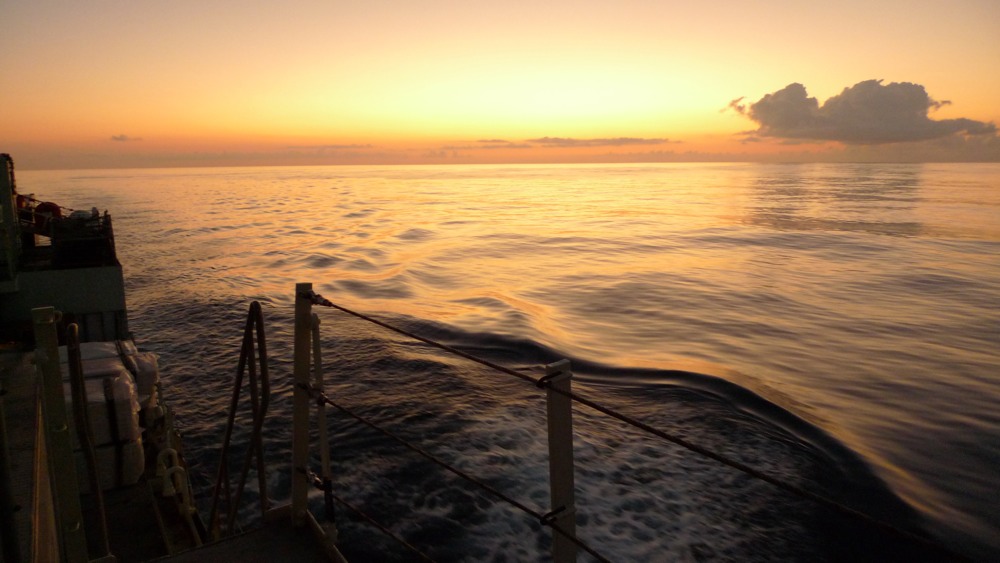
Scientists are studying bacteria that live — just barely — deep down in the muck beneath the seafloor. The microbes could be millions of years old, the same age as the sediment that nourishes them.
BENJAMIN BRUNNER
Share this:
- Share via email (Opens in new window) Email
- Click to share on Facebook (Opens in new window) Facebook
- Click to share on X (Opens in new window) X
- Click to share on Pinterest (Opens in new window) Pinterest
- Click to share on Reddit (Opens in new window) Reddit
- Share to Google Classroom (Opens in new window) Google Classroom
- Click to print (Opens in new window) Print
In the muck beneath the ocean floor, there’s something alive. Lots of somethings. But don’t worry: You’ll never see them. Instead, these tiny, one-celled germs are content to hunker down in very old clay, for a very long time, eating just enough to stay alive.
“These organisms are so different from anything we know,” says Hans Roy, a biologist from Aarhus University in Denmark. He has been studying microbes that live beneath the Pacific Ocean, near the equator. Recently, he and other scientists published a study in the journal Science that contained a surprising observation: These organisms may live for an astonishingly long time — perhaps millions of years.
The clay they call home settled onto the ocean floor 86 million years ago — at a time when dinosaurs like Tyrannosaurus rex roamed. That clay brought with it nutrients that still sustain those microbes today.
Roy doesn’t know if these single-celled microbes are as old as their food. “If you asked me to calculate the age of a cell, I could do the calculation but it wouldn’t be valid,” he says. They may be tens, or hundreds, or thousands, or even millions of years old, he says.
These organisms need oxygen and nutrients to survive. Most of their food drifts down from the surface, such as the dead algae that eventually sink. But there’s not much food on the floor of the ocean. Even less ends up in the layers of muck underneath. Roy estimates that over 1,000 years, less than 0.2 millimeter (0.008 inch) of new, oxygen-rich sediment is deposited onto the seafloor. This depth is about half the thickness of your pinkie fingernail. That means if you plunged your own finger deep into that muck, you could touch dirt that’s nearly half a million years old. (Of course, first you’d have to get to the bottom of the Pacific Ocean.)
Roy dug much deeper. He and his team studied organisms living in clay as deep as 30 meters (nearly 100 feet). Since the microbes require oxygen, the scientists measured the oxygen content of muck at different depths. The clay nearest the seafloor had the most oxygen; the deepest clay had the least.
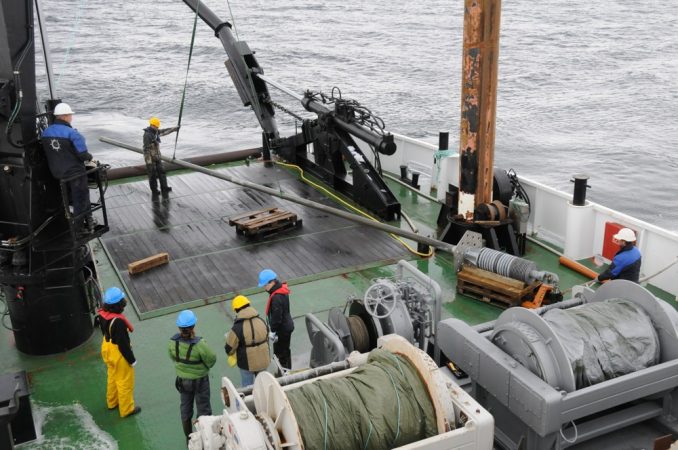
The team also counted bacteria at different depths. The scientists found the most in the clay nearest the seafloor, and fewer the deeper they probed. They then connected the dots: Fewer organisms live where there is less oxygen, which makes sense.
But Roy points out that those microbes at the deepest levels don’t increase in size or in number. With so little available food, they can’t afford to eat more than the absolute minimum needed to survive. That means they’re not doing something that more familiar, fast-living bacteria do all the time: increasing in size or number.
“They’re just barely getting enough food to keep alive. If they get a little bit less, some would have to die,” Roy says. “And if they get just enough to keep living and don’t divide, and they’re still around, then maybe they never die.”
The undead
These tiny microorganisms raise a big question: What does it mean to be alive?
All living things need energy to function — that’s a basic definition of life. Humans get energy from oxygen, and so do the tiny organisms beneath the ocean floor. But when humans and other animals use energy, their cells grow, divide and die. For example, each cell in your bones is replaced about every seven years. Your skin replaces itself especially quickly: Every week, new cells grow and take over for those that have died and flaked off.
The single-celled microbes living deep inside ocean sediment, however, live life in the slow lane. Roy says that they’ve been buried with the same food their entire lives.
“They have the same lunch box they had 86 million years ago,” he says. Over time, the food will run out. But Roy says the organisms barely consume anything. And the less food there is nearby, the less the organisms eat. “It’s like they’re sharing a cake, and just keep breaking it in half.”
These organisms approach the limit of life, says Karen Lloyd, a biologist at the University of Tennessee in Knoxville. She’s worked with Roy but not on this study. Although not dead, these bacteria always live on the verge of death, she explains. In human terms, the organisms seem to behave as though they take a sip of oxygen only every few years.
“We don’t really know right now how little energy it takes to drive life,” she says. “We don’t know how tiny of an amount of sips of breath a microbe can get by on. With too little, there’s death, but we don’t know how close you can creep to that point and still be alive.”
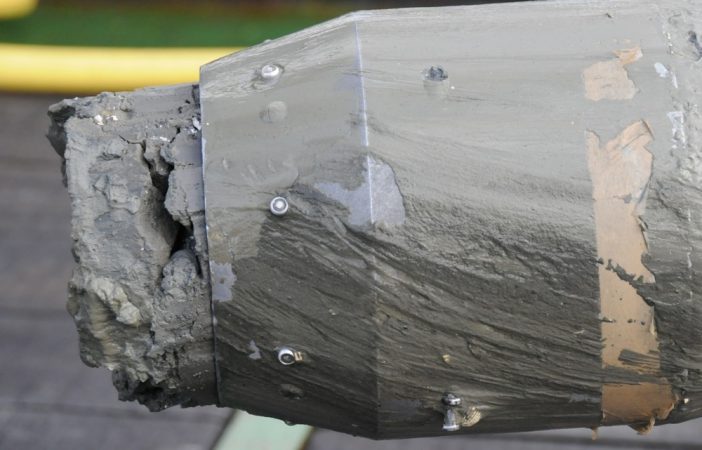
The scientists can’t actually watch the microbes breathe, or move, or eat, or do any of the things that living things usually do. Instead, researchers can tell that something has been eating nutrients in the sediments. And since there aren’t any elephants or beetles or other animals down there, and there are plenty of microbes, it makes sense to presume that those microbes are the ones doing the digesting, says Lloyd.
By taking their time, Roy says, the bacteria live a longer — and slower — life than all other organisms we’re used to. He says these germs show that life can exist at different time scales. A person seldom lives more than 100 years, but one of these bacteria might survive for thousands — if not millions — of years.
Humans and other organisms on Earth’s surface measure their lives in hours, days and years. “That’s how we go to work and how we live our lives,” Roy says. But these bacteria deep beneath the ocean floor “don’t care about how we live our lives,” he says. They measure the passage of time using an immensely longer “yardstick.”
Lloyd says that because these types of ancient bacteria live so slowly, scientists don’t know how to study them. It’s difficult to figure out what to feed the microbes and how much. Even if scientists could keep the bacteria alive in the lab, they would need to be watched for years — or decades, even centuries perhaps. Scientists would have to sit and wait to see one microbe grow in size or divide into two. Nothing much would likely ever seem to happen.
But researchers do want to understand the bacteria, and not just because they’re a natural curiosity. Scientists like Roy and Lloyd are beginning to suspect that most life on Earth consists of slow-growing, long-lived bacteria in hidden places. These germs were found below the seafloor, and oceans cover most of Earth’s surface. Based on the numbers of these bacteria found in the newly examined samples, these microbes may far outnumber intelligent life, as well as plants and animals, Lloyd says.
“They’re so bizarre, I feel like there’s another planet on our planet,” says Lloyd. “They may be the dominant life form on our planet, and we can’t even say what the first one of these bacteria does. Questions are rolling out faster than the answers at this point.”
The best real estate
Lloyd says that almost everywhere scientists look they find single-celled bacteria. Researchers have found bacteria living near superhot geysers on the ocean floor called hydrothermal vents, and in the frigid ice of Antarctica. And while Roy investigates life buried beneath the ocean, Lloyd studies bacteria that thrive in the heavy muck of freshwater estuaries.
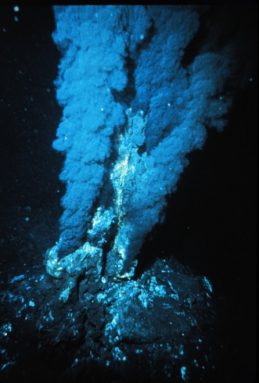
“If you go to the beach, you’ll find more microbes in one cubic centimeter of sediment than people on this planet,” says Roy.
The questions don’t stop at the limits of Earth, either. If bacteria live in harsh places here, then why not in the harsh conditions of other planets? Researchers in a growing field called astrobiology study life in all its forms to figure out what to look for on other worlds.
Seth Shostak, an astronomer at the SETI (Search for Extraterrestrial Intelligence) Institute in Mountain View, Calif., has been involved in astrobiology research for years. He says it’s difficult to grasp the diversity of life because Earth can support so many different types.
“Earth is prime real estate, but most things in the universe probably live in subprime,” he says.
Discoveries like Roy’s, he says, are a “shot in the arm for astronomers looking for life in other places.” In other words, the discovery of life in surprising places gives scientists hope of finding it in the most unusual places of all: other planets.
Mars is one of the stronger candidates. In the past, the Red Planet probably hosted liquid water, active volcanoes — and maybe even life. Perhaps it still does. Or maybe life will be found on one of Jupiter’s moons, such as Europa, which may hide vast oceans beneath its icy surface. Or perhaps microbes hide out in the giant lakes at the poles of Titan, Saturn’s largest moon. There they might feast on the element hydrogen. Some scientists even suspect bacteria might live on comets.
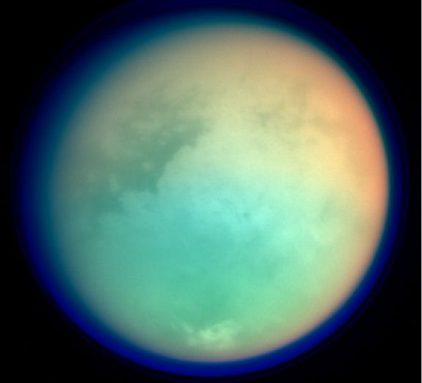
Biologists haven’t yet found life on other planets. But if and when scientists do, it probably won’t walk on two legs, be able to talk — or even move.
“If we find life on other planets, it will probably be microbial,” says Lloyd. Yes, germy. “And I want to be there for it.”
Power Words
bacterium (also microbe, microorganism, germ) plural bacteria. A single-celled organism that’s invisible to the naked eye. A bacterium has a cell wall but lacks an organized nucleus, or center.
sediment Matter that settles to the bottom of a liquid, such as the silt that settles to the seafloor.
hydrothermal vent An opening in the seafloor out of which heated, mineral-rich water flows.
astrobiology The study of life everywhere in the universe, including on Earth and in space.
biology The study of life.
estuary The mouth of a large river, where it empties into the ocean and freshwater and saltwater mix.







